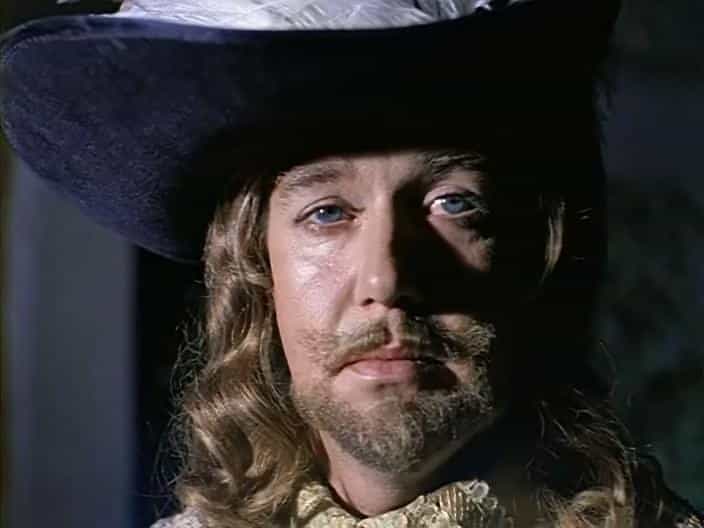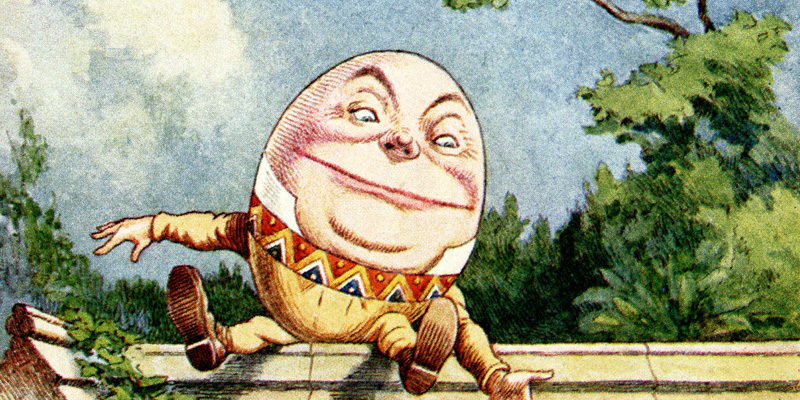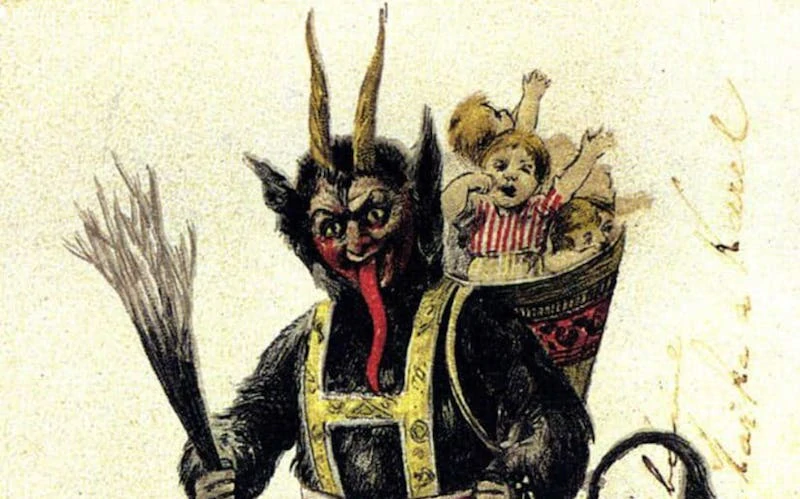Last updated on August 26th, 2022 at 10:29 pm
In 1844 one of France’s most well-known and popular books was published in serial format. Les Trois Mousquetaires, better known in the Anglophone world as The Three Musketeers, was written by the French novelist Alexandre Dumas.
Based in the 1620s during the reign of King Louis XIII of France, it tells the story of a young man named D’Artagnan after he leaves his small town home in Gascony to head to Paris.
There he aspires to join the king’s guard, the musketeers. However, while training, he is befriended by three established musketeers, Athos, Porthos, and Aramis. Together the four embark on a series of adventures based mainly on political machinations around Anglo-French relations and the activities of Cardinal Richelieu, the most powerful politician in France at the time.
The story of D’Artagnan and the three musketeers is very well-known and has been adapted into a wide array of popular formats down to the present day, including, somewhat bizarrely, a cartoon where all the characters are dogs and the main character is called Dogtanian. But what’s often overlooked in the discussion of Dumas’s classic novel is that it was based on historical events of the 1620s, and D’Artagnan was actually a real person.

The Musketeers
This should hardly strike us as that surprising. After all, the musketeers were a real military unit in France during the early modern period. The word is essentially derived from the name for a widely used type of gun at the time, the musket.
In France, an elite unit was formed out of the musketeers in 1622 when King Louis XIII provided a light cavalry unit in his army with muskets and formed them into the Musketeers of the Guard. These were then charged with providing defense to the royal household in Paris.
As such, the Musketeers, which Dumas was writing about, were a real military unit in seventeenth-century France, one that acted as bodyguards for the royal family and defended the royal palaces around Paris, notably the Tuileries Palace and the Louvre Palace.
Charles de Batz de Castelmore
It wasn’t just the musketeers, which Dumas based on real historical groups and people. The character of D’Artagnan was a real-life figure of the seventeenth century.
His actual name was Charles de Batz de Castelmore, though later in his life, he would acquire the noble title of Count D’Artagnan, the name which Dumas would apply to his semi-fictionalized hero.
Charles was born sometime around 1610 near the town of Lupiac in southwestern France. Like the character in Dumas’s novel, de Batz came from an obscure rural part of France but did not come from a humble background.
De Batz’s father was Bertrand de Batz, Lord of Castelmore, a newly created title within the minor French nobility. Like D’Artagnan in the novel, De Batz also headed for Paris at a young age with the ambition of joining Louis XIII’s Musketeers of the Guard, but this was in the early 1630s rather than the mid-1620s.
When he arrived in Paris, Charles began using his mother’s maiden name, D’Artagnan, as his uncle on his mother’s side, Henri de Montesquiou D’Artagnan, was an influential figure in Paris. Through his interventions and the use of his name, De Batz gained entry to the Musketeers in 1632.
Charles’s career went from strength to strength after that. In the 1640s, he gained the favor of Cardinal Mazarin, a figure who led the French government throughout the 1640s and 1650s as King Louis XIV was only a child when he succeeded Louis XIII in 1643.
Under Mazarin’s patronage, D’Artagnan became a powerful figure within the French armed forces, even though the cardinal temporarily disbanded the Musketeers of the Guard in the early 1640s.
Nevertheless, D’Artagnan became a lieutenant of the Gardes Francaises, and when the Musketeers were reformed in 1658, he was appointed as one of the senior figures. He was steadily promoted in the years that followed and also started a family with Anne-Charlotte Boyer de Chanlecy, a Lady from Sainte-Croixe with whom he had two sons in 1660 and 1661.
At some point in the mid-seventeenth century, he also succeeded to the family’s minor noble title and became known as Count D’Artagnan.
Head of the Musketeers
D’Artagnan reached the peak of his power in 1667. That year he was appointed as the captain-lieutenant of the Musketeers of the Guard.
This was the second highest rank within the royal bodyguard unit, but since the senior-most position, that of captain, was reserved for the monarch of the day, the lieutenant-captain was effectively the head of the musketeers.
In addition to taking over the unit’s command, D’Artagnan was appointed governor of the city of Lille in northern France in 1667. However, he was no administrator and continued to spend much of his time in Paris.
The Franco-Dutch War and the Death of D’Artagnan
By the early 1670s, D’Artagnan was entering his sixties, old age by the standards of the seventeenth century. As such, he was semi-retired by this time, but the outbreak of war between France and the Dutch Republic in 1672 saw him take up arms again.
The war was effectively one of aggression on the part of D’Artagnan’s monarch, King Louis XIV, who wished to acquire new territory in the Low Countries.
A French invasion of the Netherlands in 1672 went incredibly well as the country was overrun. Still, the French failed to capitalize on their early victories, and in 1673 several other European powers joined the war on the side of the Dutch, tipping the balance back against France.
D’Artagnan ended up serving at the siege of the city of Maastricht in the summer of 1673, a major engagement of the wider war. On the 25th of June 1673, D’Artagnan was shot in the throat by a musket ball. He died within minutes. It is unclear if he was buried in the Netherlands or if his body was returned to France.
Dumas’s Adaptation
Dumas’s adaptation of D’Artagnan’s life story was not, strictly speaking, a historical one. For instance, as we have seen, the real D’Artagnan did not arrive in Paris until the early 1630s, while the events of The Three Musketeers take place between 1625 and 1628.
Much of this is explained by the fact that Dumas based much of his depiction of D’Artagnan on earlier historical fiction written by Gatien de Courtilz de Sandras, a French novelist, and journalist of the late seventeenth and early eighteenth centuries who had first written about D’Artagnan.
However, while both de Sandras and Dumas used some artistic license in their depiction of D’Artagnan’s life, there were elements of truth running through both men’s work. For instance, Dumas’s depiction of D’Artagnan as a member of the musketeers was undoubtedly accurate, and aspects of the real life D’Artagnan were also incorporated into two other books which Dumas wrote with D’Artagnan as the main character, Twenty Years After and The Vicomte de Bragelonne.
Thus, Dumas’s D’Artagnan was based on the life of Charles de Batz and yet also changed many facts concerning him to fit Dumas’s literary needs.
Sources
Rene Chartrand, French Musketeer, 1622–1775 (London, 2013), chapter one.
Carl J. Ekberg, ‘From Dutch to European War: Louis XIV and Louvois are Tested’, in French Historical Studies, Vol. 8, No. 3 (Spring, 1974), pp. 393–408.
Richard Pevear, ‘The Three Musketeers’, in Columbia: A Journal of Literature and Art, No. 43 (2006), pp. 98–120.

